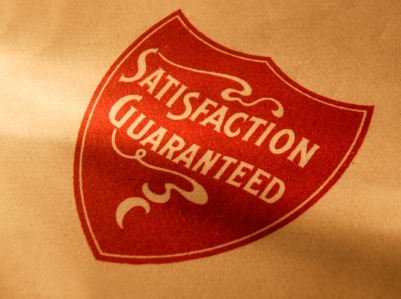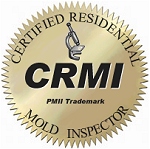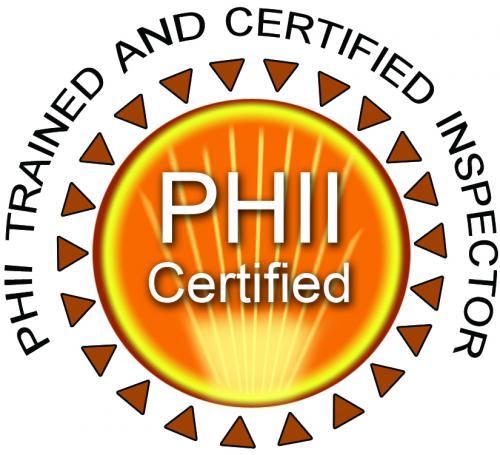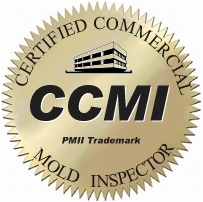|
BlogsCarbon-monoxide testing during a home inspectionAlthough much of this article appeared in Summit Homes & Properties last year, we feel so strongly about carbon-monoxide testing during home inspections that we felt it important to repeat the advice. Trimming expenses is something that we can all do to help our bottom lines during these stricter economic times, but eliminating a home inspection that tests for carbon monoxide is not a place to cut corners. A home inspection can uncover unseen dangers including carbon-monoxide leaks, natural-gas leaks, malfunctioning heating systems or electrical systems in need of repair. For today, we will focus on the unseen dangers of carbon-monoxide poisoning.
Carbon monoxide is a colorless, odorless, tasteless, toxic gas formed by the incomplete oxidation of carbon in combustion. Sources are varied: furnaces, gas-water heaters, wood stoves, fireplaces, gas stoves, generators and other gasoline powered equipment, vehicle exhaust from attached garages, unvented kerosene and gas-space heaters, and tobacco smoke. Some sources cause high concentrations of CO in an indoor air supply. Worn or poorly adjusted or maintained combustion devices like boilers or furnaces can be significant sources of lower concentrations. Annual check-up and maintenance could eliminate this. Symptoms of exposure to low levels of CO include headaches, dizziness, nausea, and fatigue. At higher concentrations, impaired vision, coordination, and reduced brain function can occur. High concentrations of CO exposure can be fatal. Steps to reduce carbon monoxide include annual check-up and maintenance of boilers and furnaces, open flues when a fireplace is in use, eliminate the idling of vehicles inside garages, and keeping gas appliances and fireplaces properly adjusted. Your home needs maintenance just like your car needs a tune-up. Scheduling an annual heating system inspection by a qualified specialist is particularly important in Central California where our climate keeps furnaces and boilers all winter. As a routine part of the home inspection process, your home inspector should test for carbon monoxide gas. Talk to your inspector about the appliances in your home that can produce carbon monoxide. The more you educate yourself, the safer you and your family will be. Finally, once you’ve closed on your home, visit one of the local hardware stores that sell carbon-monoxide alarms. After your home inspector initially tests for gas leaks, installing a carbon-monoxide alarm is a wise investment and will help to keep you and your family safe from this dangerous gas. Jonathan Meeker and Robin Ludden are the owners of 1CallDone Inspections, a member in good standing of NACHI (National Association of Certified Home Inspectors). Content may be from a variety of industry sources. For more information about home inspections call 559-836-3224 or visit: www.jnrinspections.com
Submitted by JonathanMeeker on Sat, 03/28/2009 - 08:04.
|
Free recall check on all
appliances with each inspection!
 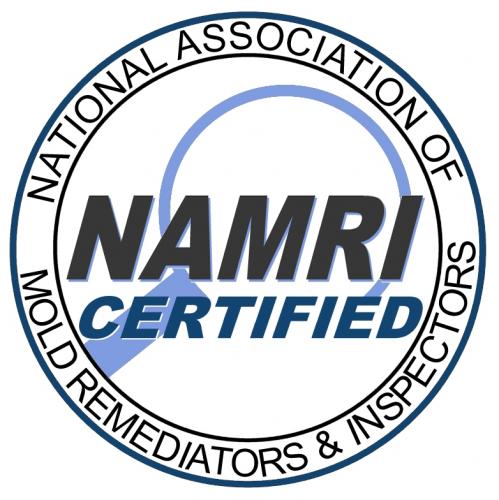 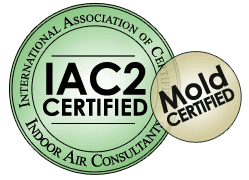  200% Guarantee DetailsOur 200% guarantee is so straight forward there is no need for fine print or searching endlessly…Here are the details in the front page;
If at time during inspection and before delivery of the report you do not like our services, what we are doing or any other matter, just tell us and we will leave..no questions asked. We will not charge you for the trip, time or anything else. We will then pay up to $300.00 for another inspector of your choice to come and complete your inspection upon presentation of their bill or receipt! |

